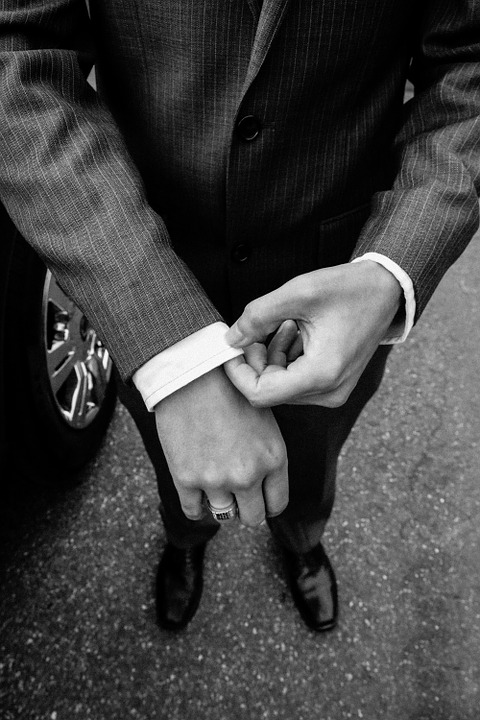So, you’ve scored a job interview but now you’re faced with the task of trying to find something to wear. As the saying goes, “you only get one chance to make a first impression,” holds true at job interviews. You want to present yourself in the best manner possible to increase your chances of getting hired, which is why it’s important to choose the right clothes.
Suit or No Suit?
While there are always exceptions to this rule, most job interviews call for a suit. Whether it’s a managerial or entry-level position, wearing a suit emits a certain level of professionalism that’s not found in jeans a t-shirt.
Keep in mind, however, that this doesn’t necessarily mean that you have to wear a formal suit. There are plenty of business-casual suits available, some of which are ideal for certain types of job interviews. Consider the type of job for which you are applying, the atmosphere of the workplace, as well as what other workers are wearing, and choose a formality that fits.
Stick with a Single-Breasted Suit
There’s a time and place to sport a bold double-breasted suit, but a job interview isn’t one of them. It’s recommended that you stuck with a traditional single-breasted suit for job interviews. They are more modern and easier to wear, making them the ideal choice for interviews.
Wear a White Shirt
Stick with a traditional white shirt for the first job interview. It can be paired with either a black or navy suit, completing your appearance with a matching tie of the same color. Some men are guilty of wearing bold striped shirts to job interviews. But these are a bit too risky and should be avoided, especially for the first interview. White, on the other hand, is a classic choice that’s next-to-impossible to mess up.
Don’t Forget Grooming
Be sure to trim your nails and shave before going to a job interview. Although subtle, it’s the little details such as this that employers remember about the applicants. Showing up to an interview with an unkempt appearance is a recipe for disaster, so don’t make this mistake.
Dry-Clean or Press Your Suit
Would you hire an applicant who showed up to a job interview wearing a wrinkled jacket and trousers? Probably not, and neither would most employers. Have your suit professionally dry-cleaned to eliminate the possibility of wrinkles. If you are crunched for time and this isn’t an option, you can usually press most suits with a warm iron (check the care label for instructions).
References:
http://career.vt.edu/job-search/presenting_yourself/interviewing.html


